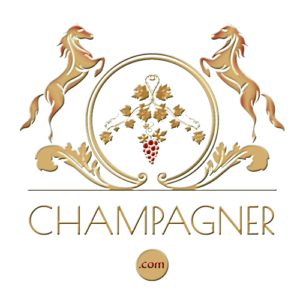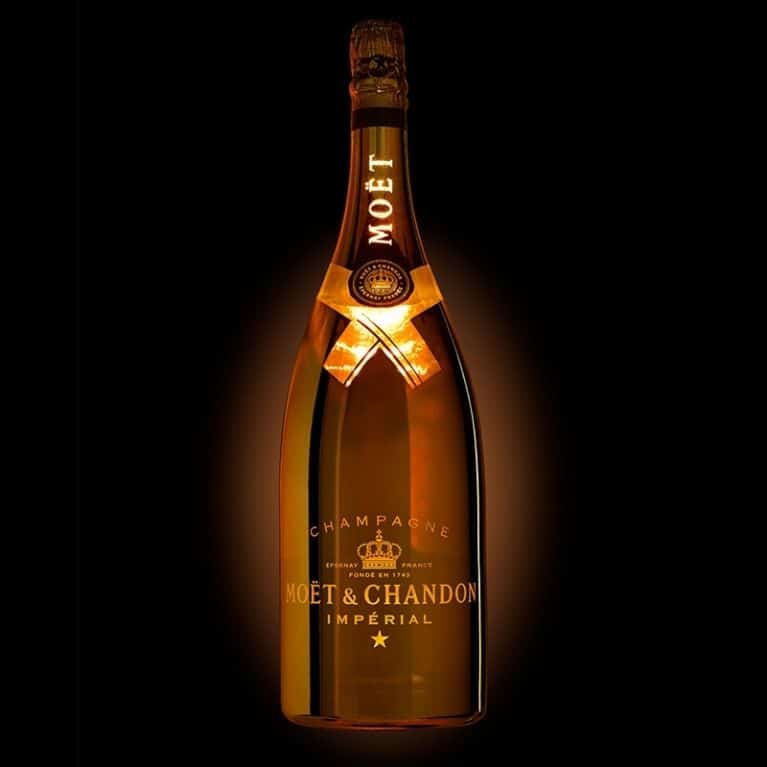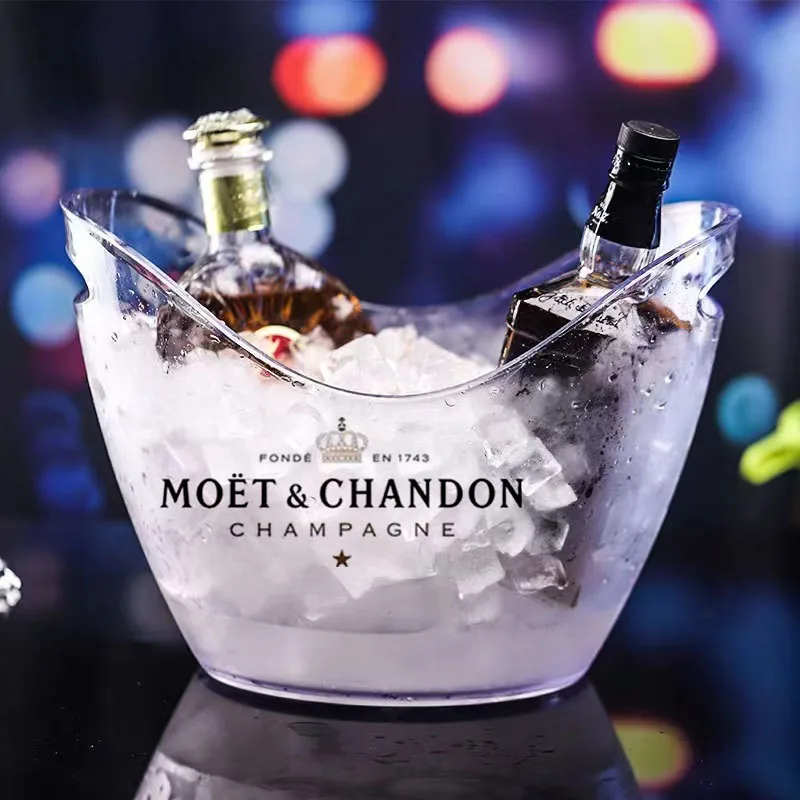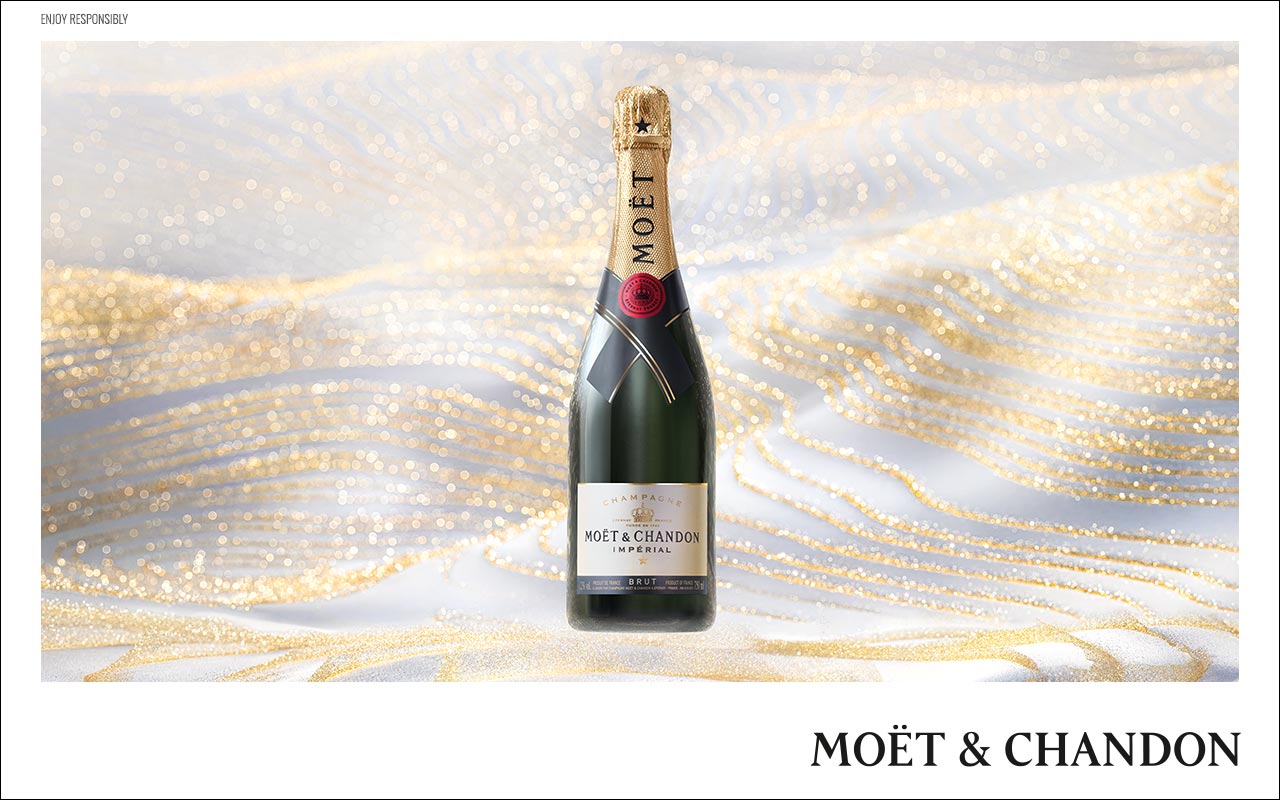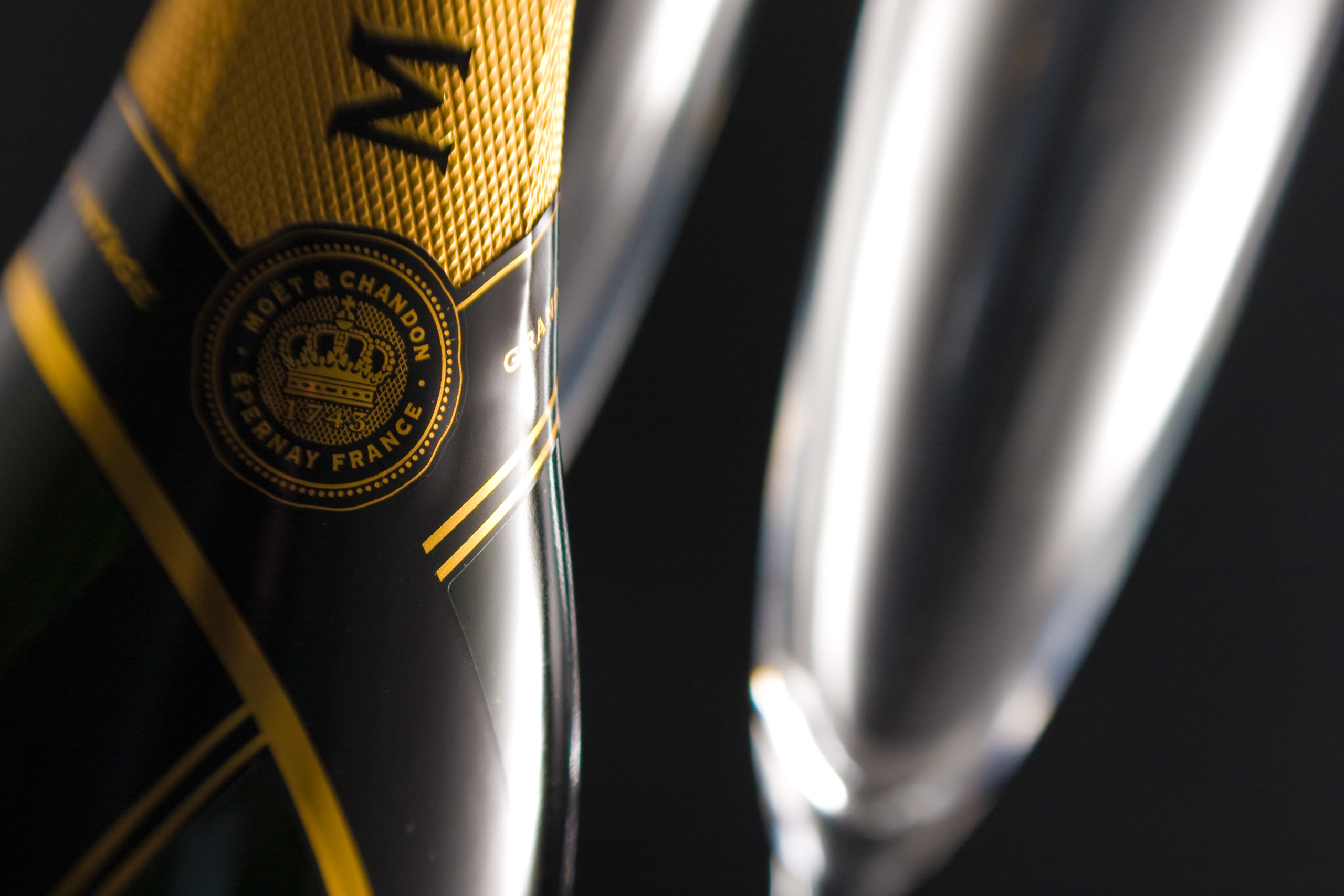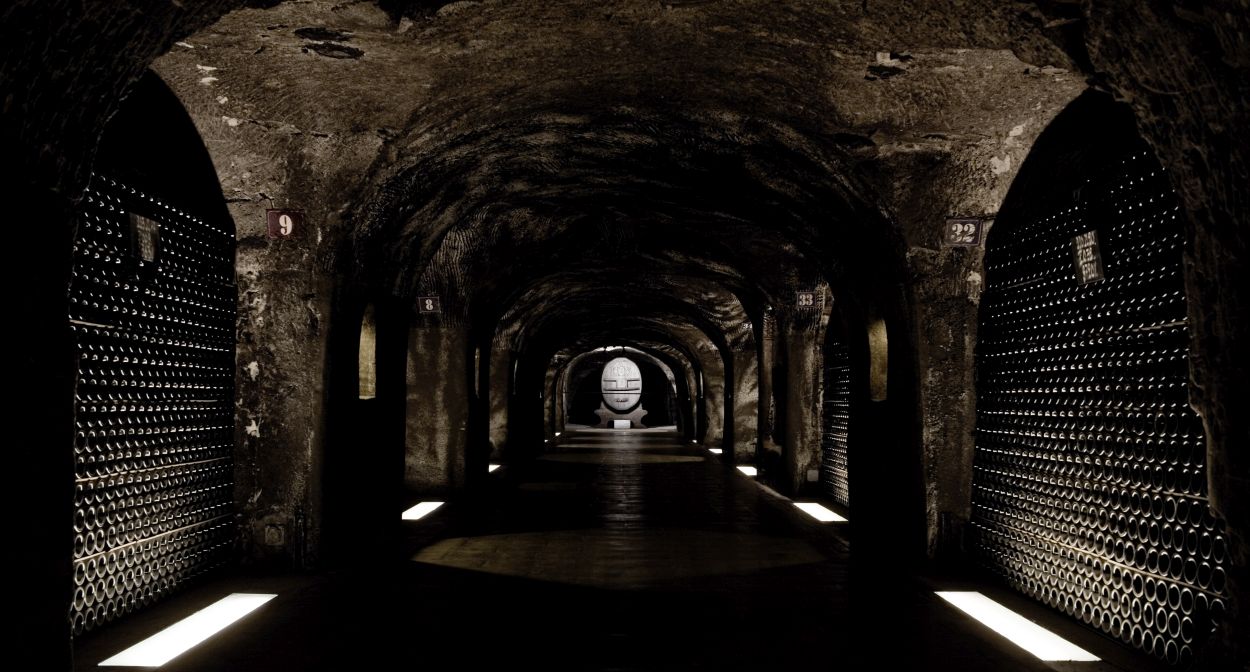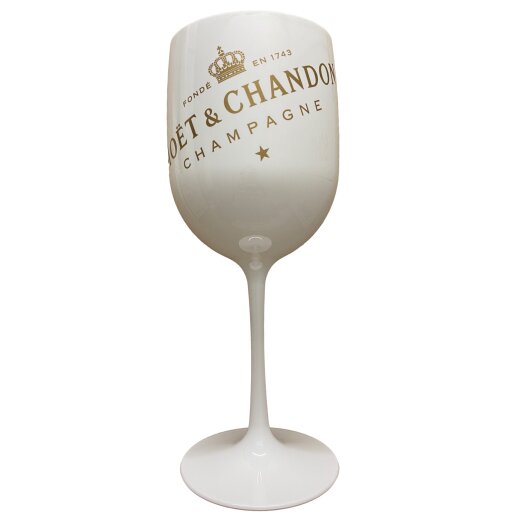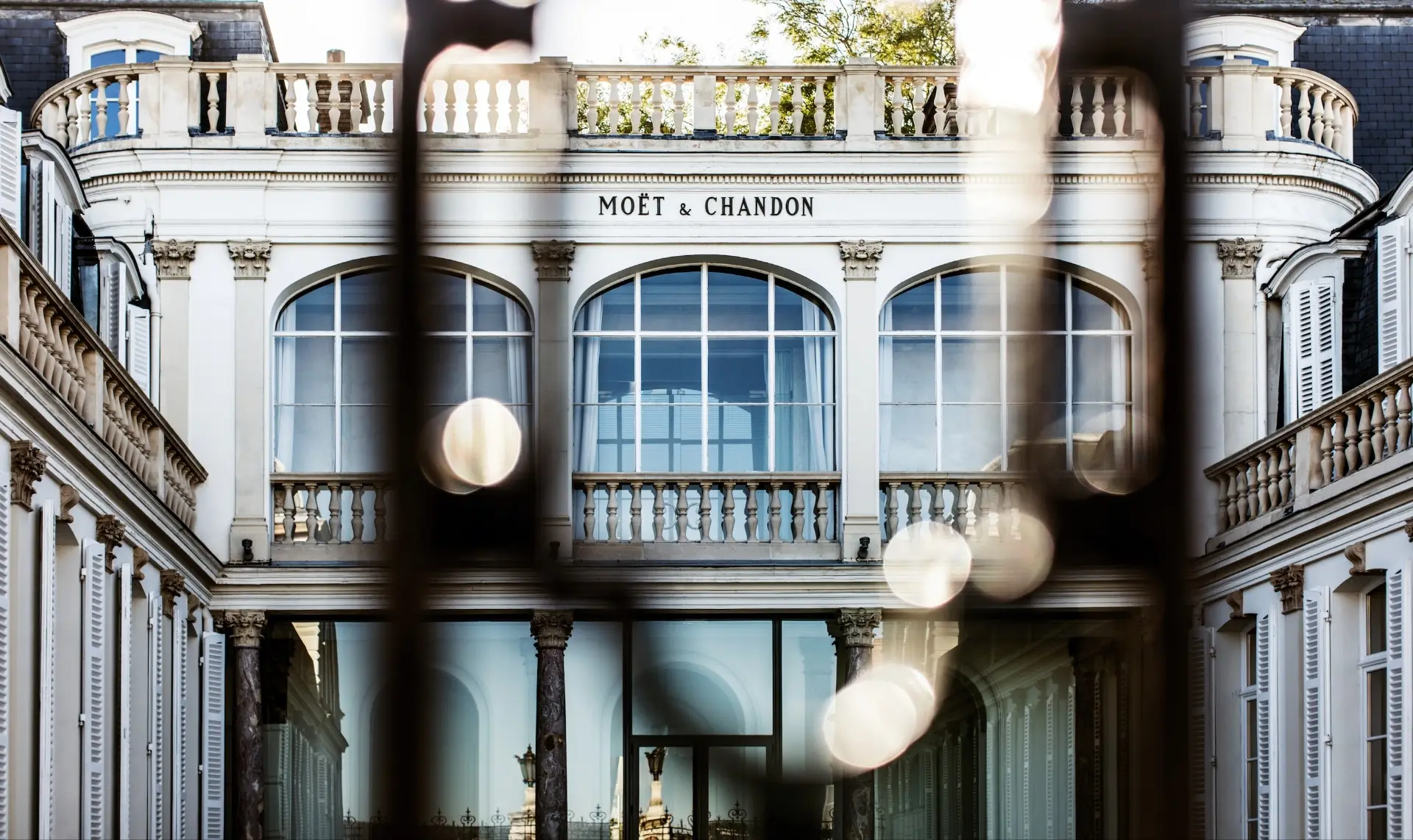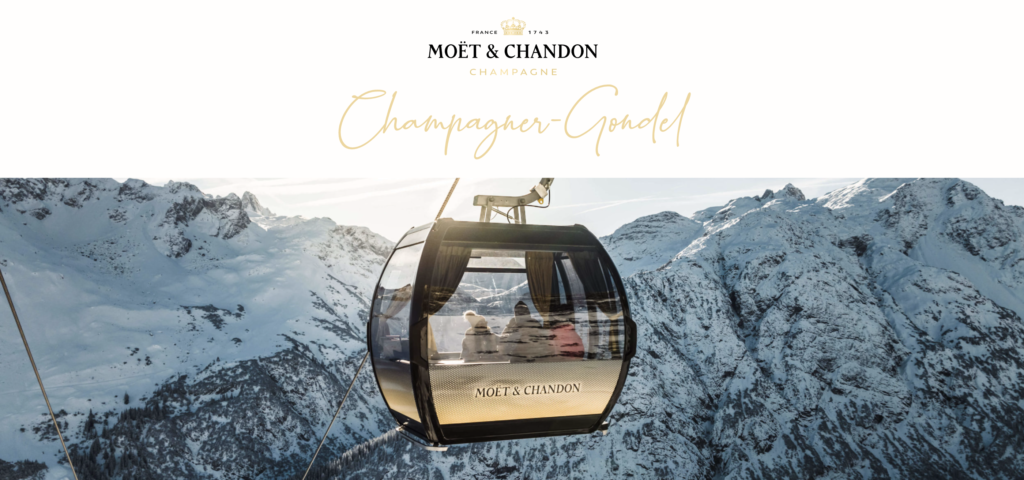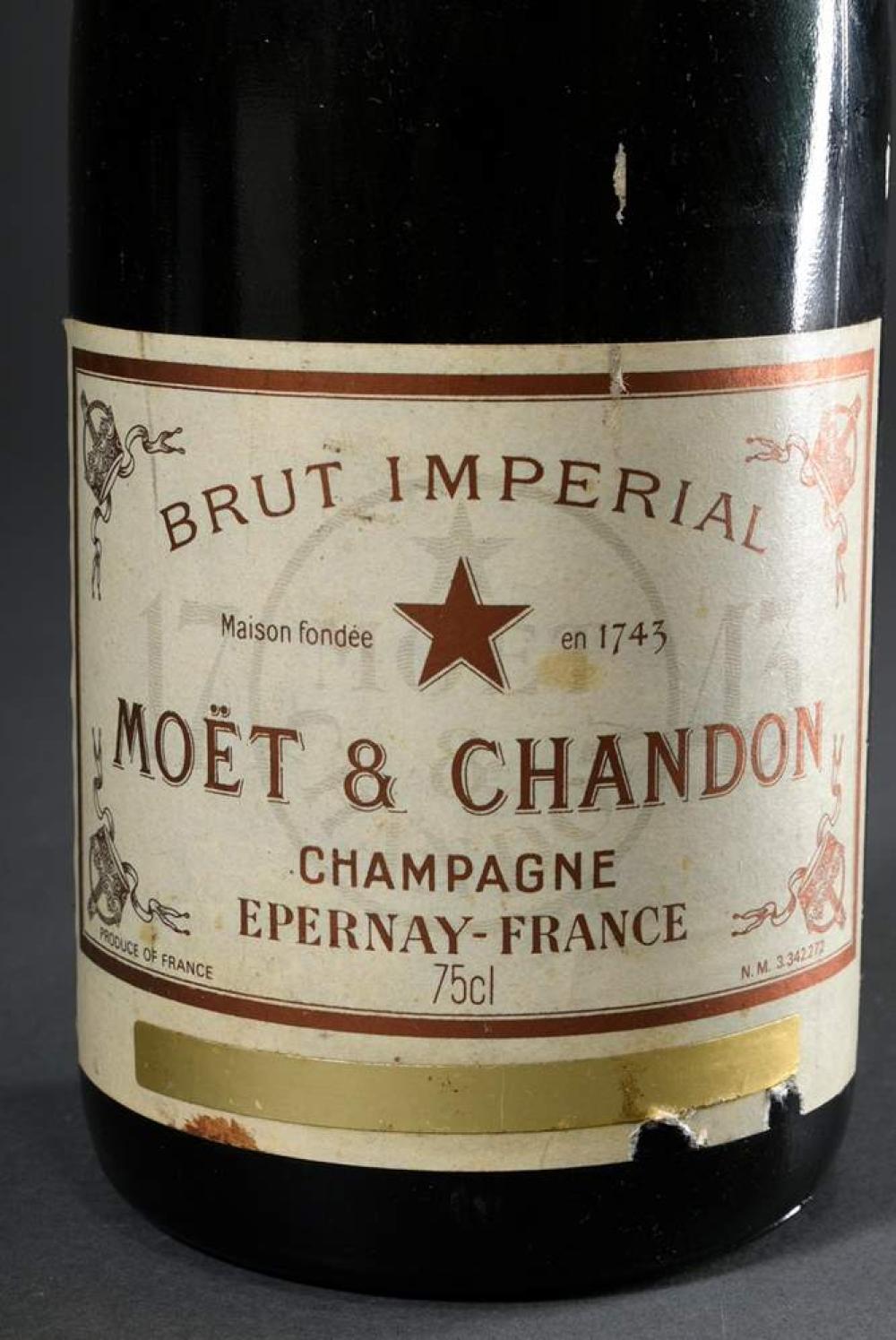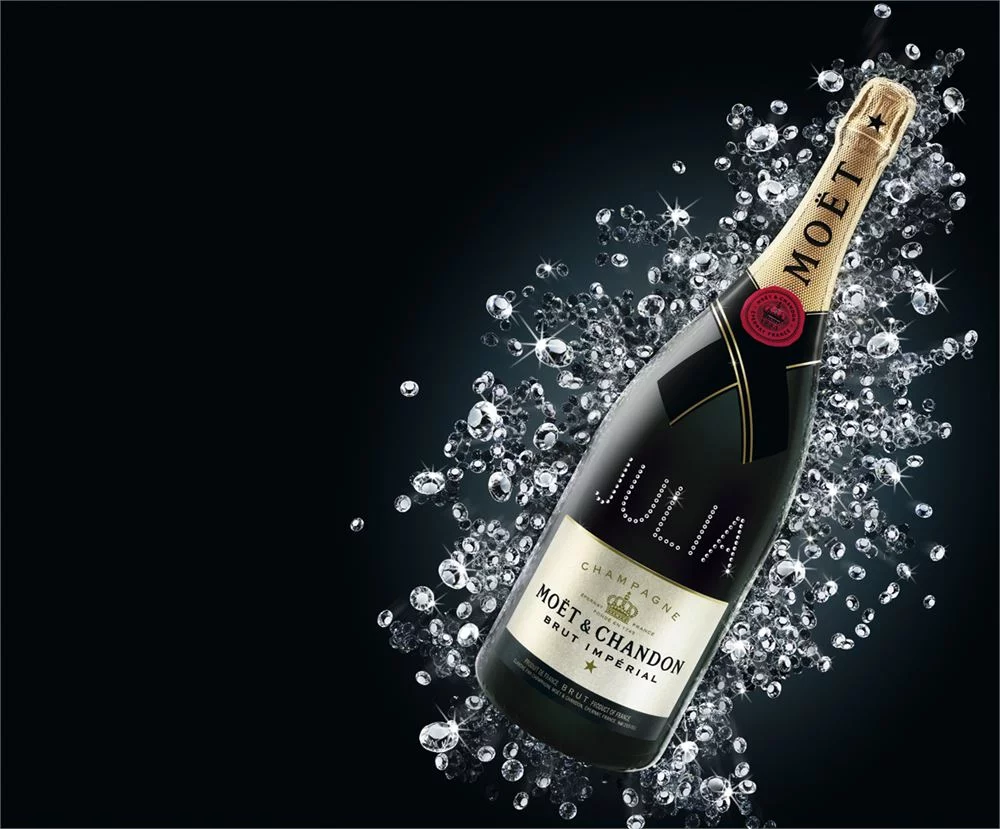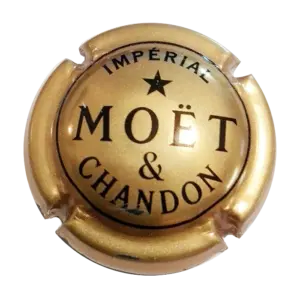Moët & Chandon Champagne
Moët & Chandon Champagne: A comprehensive history and current developments
Introduction
Moët & Chandon Champagneone of the most prestigious champagne producers in the world, has an impressive history dating back to 1743. Now part of the LVMH (Louis Vuitton Moët Hennessy) family group, this company has made a distinctive name for itself through its innovation and commitment to quality. This paraphrase offers a deep insight into the history, the brand's most famous champagne, current information on the vineyards and the company's headquarters.
The foundation and early years
Moët & Chandon Champagne was created in 1743 by Claude Moët in Épernay founded. Claude Moët, born in 1683, began to produce wine from the Champagne export to Paris. His vision and entrepreneurial spirit laid the foundations for what would later become a world-famous champagne house. Claude Moët's grandson, Jean-Remy Moët, played a decisive role in the further development of the company.
Dom Pérignon and the Hautvillers monastery
In 1794, Jean-Remy Moët acquired the former monastery Hautvillerswhere the monk Dom Pérignon lived and worked. Dom Pérignon made a significant contribution to the refinement of champagne production. This historical connection contributed significantly to the reputation of Moët & Chandon. Jean-Remy Moët soon began exporting the champagne to other European countries and the United States.
The expansion and the Chandon name
In 1832, the company expanded its name to "Moët & Chandon Champagne" when Jean-Remy Moët handed over half of the company to his son Victor Moët and his son-in-law Pierre-Gabriel Chandon de Briailles. This partnership marked the beginning of a new era for the company, which continued to expand its international presence and gain recognition.
Royal purveyors to the court and takeovers
Moët & Chandon Champagne became a purveyor to the Imperial and Royal Court. Court and Chamber Purveyor and Royal English Court Purveyor. These prestigious titles emphasised the high status of champagne in aristocratic and royal circles. In 1963, Moët & Chandon took over Ruinart, the oldest champagne house in the world and steeped in tradition, and in 1971, Mercier, a producer primarily active on the French market.
Mergers and the emergence of LVMH
In 1971, Moët & Chandon Champagne merged with the cognac producer Hennessy, which led to the creation of Moët Hennessy. In 1987, the company merged with Louis Vuitton, creating the luxury goods group LVMH. This merger brought the renowned champagne house Veuve Clicquot into the group. At the end of the 1990s, the exclusive house Krug was acquired.
The famous Dom Pérignon
The most prestigious champagne from Moët & Chandon is the famous Dom Pérignon. Named after the Benedictine monk who pioneered champagne production, this champagne is the flagship of the house. Dom Pérignon is known for its exceptional quality and is only produced in the best vintages. A bottle costs at least 100 euros, making it a symbol of luxury and exclusivity.
Modern developments and market leadership
Moët & Chandon has been the market leader in Champagne sales for many years. In 2007, the LVMH Group's total sales totalled 62.2 million bottles, representing 18 % of total Champagne production. In the catering sector, Moët & Chandon is the most widely used, underlining its popularity and recognition.
Current vineyards and wine-growing communities
Moët & Chandon Champagne owns around 1000 hectares of vineyards in Champagne. These are spread over around 200 wine-growing communes, including 16 of the 17 communes with Grand Cru status and 25 communes with Premier Cru status. These first-class vineyards are a key factor in the outstanding quality of Moët & Chandon Champagne.
The chalk cellars of Épernay
Another remarkable feature of Moët & Chandon Champagne are the extensive chalk cellars in Épernay. These cellars, whose corridors stretch for around 110 kilometres, have their own "street names" and offer ideal conditions for storing and maturing the champagne. The oldest storage areas in these cellars date back to the founding year of 1743 and are an important part of the company's heritage.
The registered office of the company
The headquarters of Moët & Chandon Champagne is located in Épernay, in the heart of Champagne. Épernay is known as the capital of Champagne and is home to many of the world's most prestigious Champagne houses. It is from here that Moët & Chandon manages its worldwide activities and maintains its rich traditions.
Conclusion
Moët & Chandon Champagne has secured an unrivalled place at the top of the champagne world over the centuries. With an impressive history, world-class vineyards, exceptional chalk cellars and iconic champagne brands such as Dom Pérignon, the company continues to set the standard in the world of luxury and exclusivity. The combination of tradition and innovation makes Moët & Chandon a symbol of timeless elegance and outstanding quality.
Moet et Chandon Champagne
18 av. de Champagne
Epernay
France
Phone: 03-26-51-20-20
https://www.moet.com/
